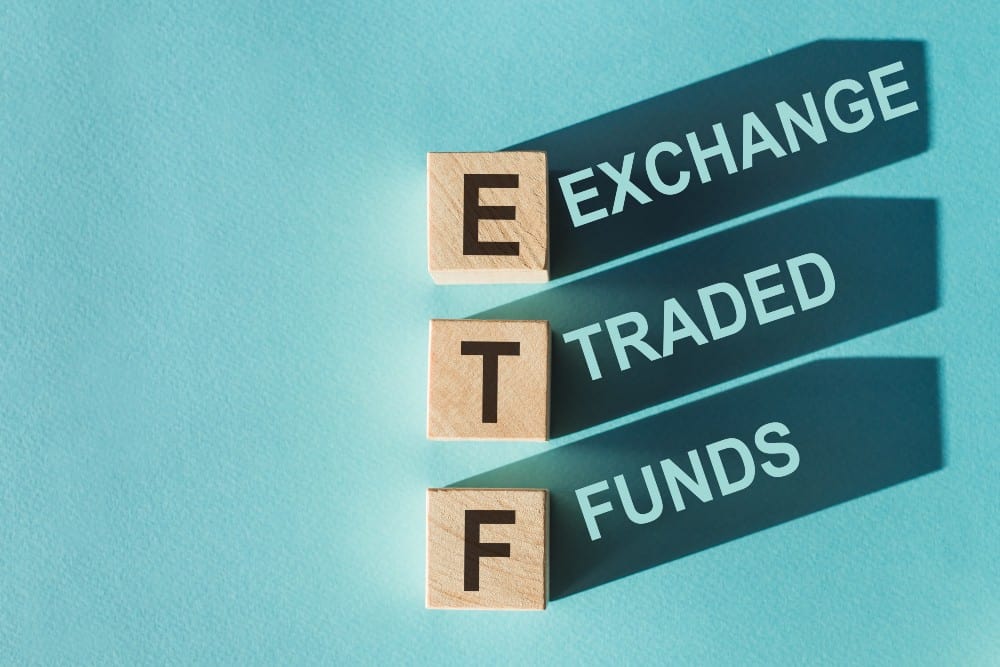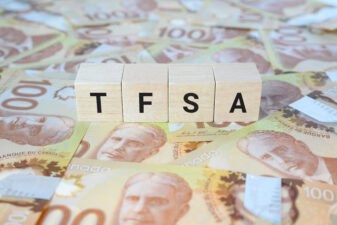Are you an investor concerned about rising interest rates?
If so, you may feel tempted to pull all your money out of the markets and leave it in a savings account. After all, when interest rates go up, cash becomes more desirable. Right?
Wrong. Although certain savings products offered by banks, such as GICs, do in fact acquire high yields when rates go up, regular cash savings accounts still yield next to nothing. Consider this list of interest rates offered by one of Canada’s big six banks. They’re still paying 0.05%, when the 10-year treasury yields 5%!
So yes, you still need to invest when interest rates are high. The GICs offered by banks are viable options, but there are other options, too. In this article, I will explore three types of index ETF strategies investors can use to play rising interest rates.
Money market funds
Money market funds are among the best assets to hold when interest rates are high, but not expected to go higher. The higher the treasury yield, the higher the yield on money market funds. On the other hand, if rates go even higher after the date of purchase, money market funds suffer capital losses on their treasuries. What you want to do is invest in money markets near the peak of a rate hiking cycle. Today, with inflation rates declining, many investors are optimistic that we are at such a peak. For example, the legendary Howard Marks of Oaktree Capital believes we are near one. If he’s right, money market funds will perform well.
Market neutral
Another option in times of rising interest rates is to simply buy the kinds of broad market index funds you’d normally buy. Yes, these funds typically go down in price as rates rise, but if you buy near the end of a tightening cycle, you may enjoy upside. Let’s look at the iShares S&P/TSX 60 Index Fund (TSX:XIU), for example. Since interest rates began rising at the start of 2022, the fund has fallen in price by about 4.5%. Factoring in dividends, the return has been about 0%. You might find it strange to hear someone describing that as a good thing, but it may well be. The TSX Index has gone nowhere while the earnings of its top components have increased. Canadian index funds may, therefore, start rising when interest rates come down. XIU is a good one to hold, because it is highly liquid and has a very low (0.16%) management expense ratio.
Financial ETFs
Last but not least, there are financial ETFs. These ETFs can be good buys when rates are high and unlikely to rise higher. Banks and other lenders are among the few businesses that actually make more money when rates rise. The reason is simple: lenders make money by lending. Obviously, the higher the interest rate, the more money lenders collect. If rising interest rates cause a recession, then the revenue-boosting tendency of rate hikes will be offset by less loan origination. So far this year, we aren’t seeing that happen, as TSX banks are seeing their earnings rise.
Let’s take a look at the iShares S&P/TSX Capped Financials Index ETF (TSX:XFN). It is an index fund made up of Canada’s Big Six banks plus some other miscellaneous financial institutions. With 30 holdings, it is pretty diversified. Its 4.4% dividend yield provides a lot of income potential. Finally, the 0.6% MER, while not extremely low, is not so high that it will ruin the investment for you altogether. Overall, XFN is a good fund for those investors who want exposure to Canadian financials without the hassle of picking individual stocks.








